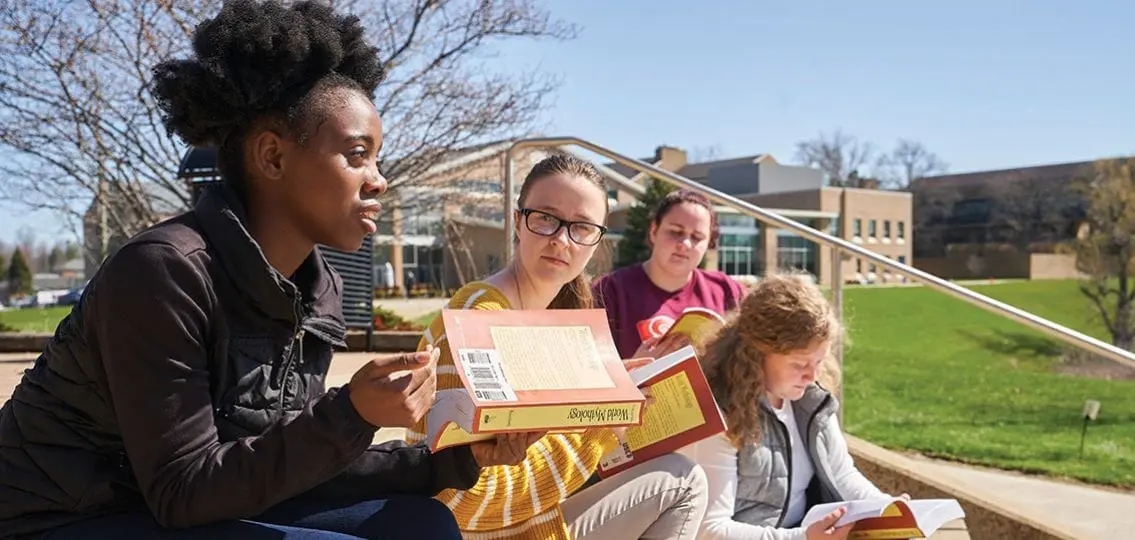Clara, a 5th grader, twisted a Rubik’s Cube in my counseling office.
“It’s not fair,” she said. “I never get to play basketball at recess. The boys won’t pass the ball to me. Today, Dylan said it’s because I suck and he doesn’t want to lose. I called him a jerk and walked away.”

“If you had told him how you really felt, what would you have said?” I asked.
Clara paused. “I would have said that I’m really good at basketball, because it’s true,” she said. “I would have told him that if he wants to win, he should pass the ball to me. And if he doesn’t want me around, he can play something else.”
She might have had an easier time asserting herself when she was younger.
As girls get closer to adolescence, their confidence takes a hit.
Research backs this up. Claire Shipman, author of The Confidence Code for Girls, notes that boys and girls tend to start out with the same confidence level, but “after age 8, girls go straight down,” dropping 30 percent between ages 8 and 14. “Boys experience a bit of bumpiness in puberty, but girls drop well below them and never get back up to the confidence level of men,” she explains.
The tween phase poses unique challenges, but it also presents an opportunity to build confidence in girls. Some kids are still playing make-believe while others are listing their crushes. Although tweens are becoming more aware of their strengths and weaknesses, they’re not yet as hindered by the idea of an invisible audience judging them.
“I don’t want to generalize an age group completely, but on balance they’re less self-conscious than adolescents,” says Rachel Simmons, author of Enough As She Is. “There’s more playfulness and more risk-taking, which are great ingredients for creating confidence.”
Here are four ways you can capitalize on those strengths to counteract the confidence slump.
4 Ways to Build Confidence in Your Teenage Daughter
1. Encourage small risks and expand your notion of confidence.
Building confidence in girls means making space for risk-taking, struggle, and failure. Shipman recently prodded her 12-year-old daughter to try debate. “She’s athletic, and sports are more in her comfort zone, but I thought it would be useful for her to stretch,” she explains. “There were times when she said, ‘I’m never going to forgive you; this is the worst thing ever.’ I thought she’d pass out during the first debate, but the second debate went all right. By the third round, it was, ‘I’m not bad at this; I can do this.’”
Some tween girls are more motivated to take risks if they’re advocating for a cause, whether it’s animal rights or gun control. A shift in emphasis from “me” to “we”—when she feels like she’s part of something bigger—can also put personal worries in perspective and give her a sense of purpose.
Think beyond traditional notions of confidence too, Simmons says: “Your child can be confident when she has to walk into a room where she doesn’t know anybody, or when she’s doing a science project, or when she’s expressing her inner dork.” A girl who’s willing to be silly around her friends is confident because she’s not worrying about what others think.
It’s not the big bungee-jumping moments, it’s the day-to-day challenges, Simmons notes. “Building confidence in girls is like weight-lifting. You start light and gradually increase your challenge.”
2. Be a role model.
Verbalize when you’re taking on a challenge with an uncertain outcome. Seeing you go through a similar experience paves the way for building confidence in girls. “Narrate your thought process in a way that models calm and self-compassion rather than self-criticism,” Simmons explains.
Say, “I had to present something in a meeting today, and I was nervous and sweating. I took a deep breath and told myself I’d do my best, and it went pretty well.”
3. Teach her to express vulnerability, but know when she needs limits.
Encourage your daughter to take emotional risks and build friendships based on honest communication. “Help her understand how powerful it is to express how you’re feeling in a way that’s vulnerable and not aggressive,” Shipman says.
Similarly, Simmons advises parents to teach their daughters how to manage painful moments, such as not getting invited to a party. Social media can amplify disappointments. Building confidence in girls means recognizing these moments. “She won’t magically be the unicorn who doesn’t feel left out,” Simmons says. If your daughter knows she hasn’t been invited to a sleepover, talk to her about her options.
“She could put her phone away for chunks of time, or turn off Snapchat or Instagram for the weekend,” Shipman says. Parents can’t make social media go away, but they can set limits to try to inoculate tweens from a constant focus on who’s doing what.
4. Arm her with mantras and other strategies.
Your daughter can be her own coach, Shipman says. “She can come up with boosterisms, such as ‘I’ve got this.’” Or she can use visual imagery to picture achieving her goal that will build her confidence.
“The most important thing as a parent is that you can’t go to pieces when she fails,” she adds. “You have to convey this is a normal part of life and help her change the channel. Don’t go into analysis when she’s in the throes of it.”

When you process the setback, underscore that building confidence is about more than taking on a challenge—it’s also how you regroup when things don’t go your way.




